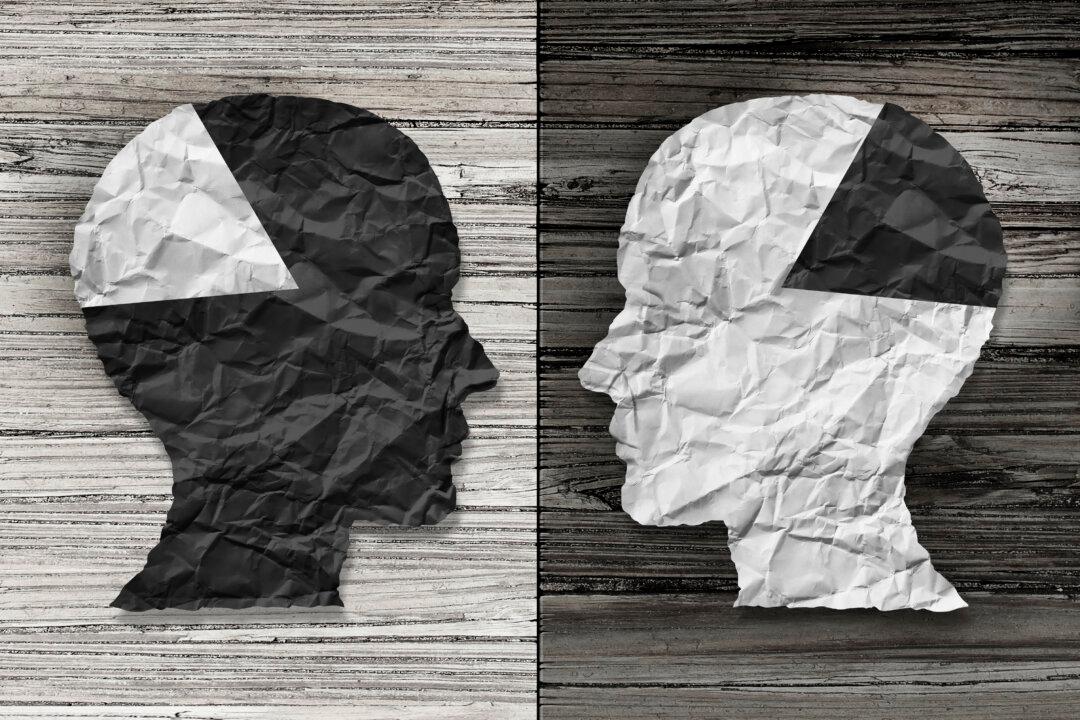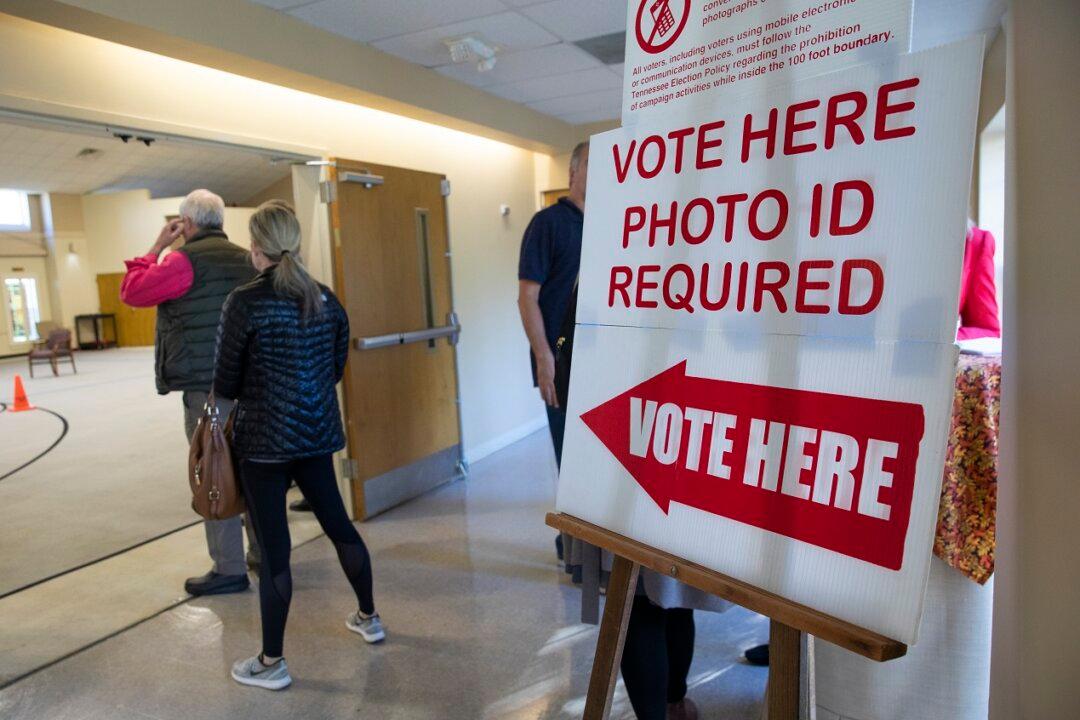Commentary
Since the 2018 midterm elections, America’s political left has been celebrating “the most diverse Congress in U.S. history.” And, as the races for the 2020 congressional and presidential elections heat up, political diversity is a key focus.





